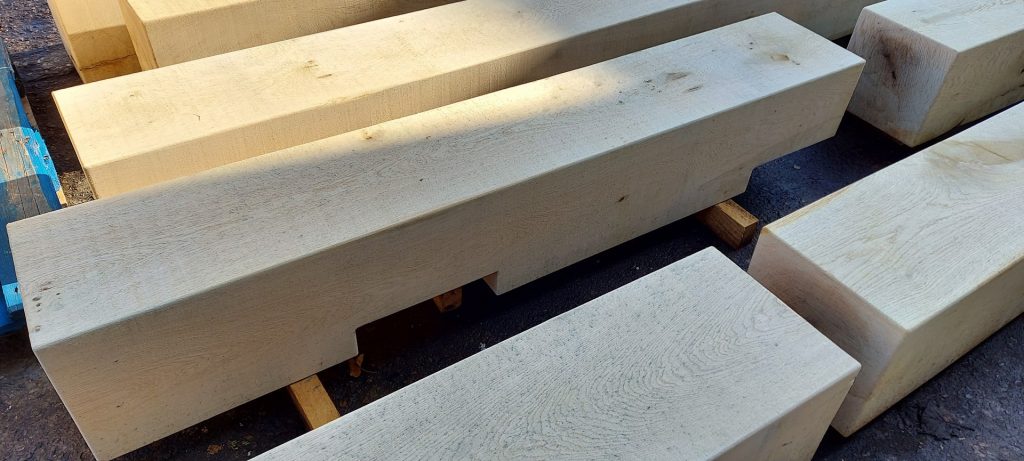
We are often asked, ‘how strong is the correlation between durable timbers species and stable timbers?’. It is easy to see why this concept of durability being linked to stability is prevalent given that certain species are both durable and stable. However, this concept of there being a correlation is false. By looking at a wide range of species we can see that far from being a strong correlation, there is no correlation at all.
Before examining this in more detail, let’s clarify what is meant by ‘durability’ and ‘stability’.
Timber durability is centred around the lifespan of the timber, i.e. how long it can last for. All timber species are assigned a class by Trada, a global not-for-profit organisation dedicated to improving understanding of timber. These classes range from 1 to 5, 1 being the most durable, 5 being the least durable.
Timber stability refers to the cracking, checking and warping of timber. All timber will check and warp to an extant – there are no timbers that are completely free from this. However, species will check and warp in different ways, at different speeds and some will move more than others. There is no internationally defined scale of stability as there is with durability, so for the purposes of this study we have used a basic 4 stage scale. Furthermore, we are referring to fresh sawn/green timber rather than air/kiln dried. Air/kiln dried is a lot more stable as the moisture content has been reduced (this is what causes timber to move), but it is a lot more expensive and cannot be sourced in large/unusually shaped sections which are often required in external seating units.
| Durability Class 5 | Ash | |||
| Durability Class 4 | Scandinavian Pine | |||
| Durability Class 3 | Larch Douglas Fir | Sapele | ||
| Durability Class 2 | Iroko Cedar | Oak | Ekki | |
| Durability Class 1 | Opepe | Cumaru | ||
| Stability Type | Stable | Moderately Stable | Moderately Unstable | Unstable |

This chart shows timber species commonly used in street furniture. It is clear that there is no correlation between more durable timbers being more stable.
Firstly, the most stable timbers have a class 3 durability rating.
Second, Ekki and Cumaru, both rightly regarded as durable, hard-wearing timbers but are prone to warping and cracking.
It is obvious why Iroko and Opepe traditionally have been heavily used in street furniture thanks to their desirable combination of good durability and good stability. The characteristics of these 2 species plays a part in explaining the perceived correlation between durability and stability.
You may be wondering what causes the instability of a timber specie if it isn’t the durability. Two important variables are the straightness of the grain and how interlocked the grain is. Both Larch and Douglas Fir have very straight grain patterns which means that the moisture leaves the timber evenly, reducing the potential for warping. Although Iroko and Opepe don’t feature grains as straight as Larch and Douglas Fir, they do boast very interlocked grains which means that as the moisture content reduces the different grain directions essentially cancel each other out.
If you need to choose between durability or stability one thing to bear in mind is that in ceratin cases it is easier to mitigate potential cracking and warping than it is to improve the durability of a timber. For example, a good way to improve the stability of Oak is by using timbers with a larger cross-sectional area.
Both durability ratings and stability scores aren’t an exact science. Each tree and section is different due to multiple factors such as section size, growth region and soil type. For example, larger sections of Oak would fit in the moderately stable category, however a smaller section of say 50mm would be in the unstable category. Therefore, it’s important to view this as a guide only, but what can be said with certainty is that there is no correlation between more durable timber species being more resistant to warping and cracking.
https://homeguides.sfgate.com/stable-wood-against-warping-shrinking-99470.html
https://www.trada.co.uk/media/12056/timber-durability-chart.pdf